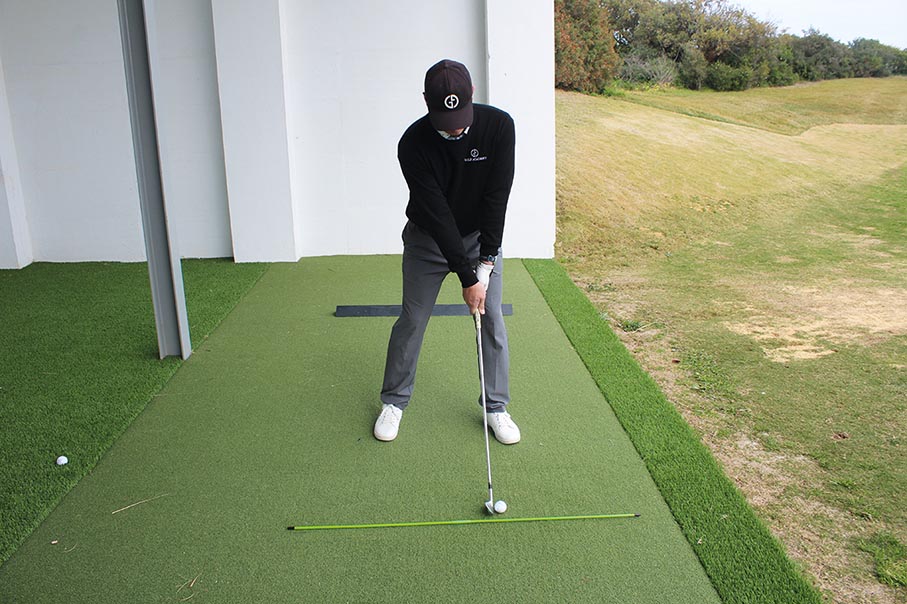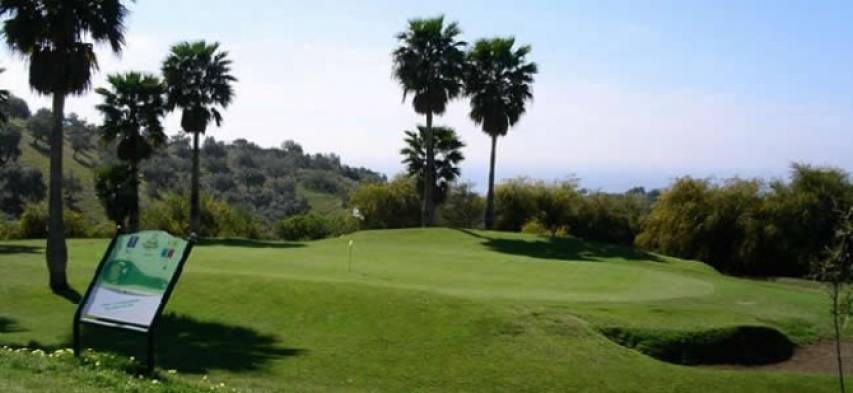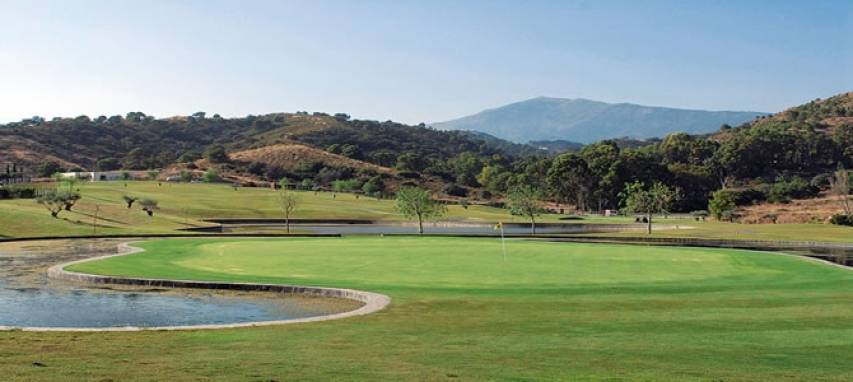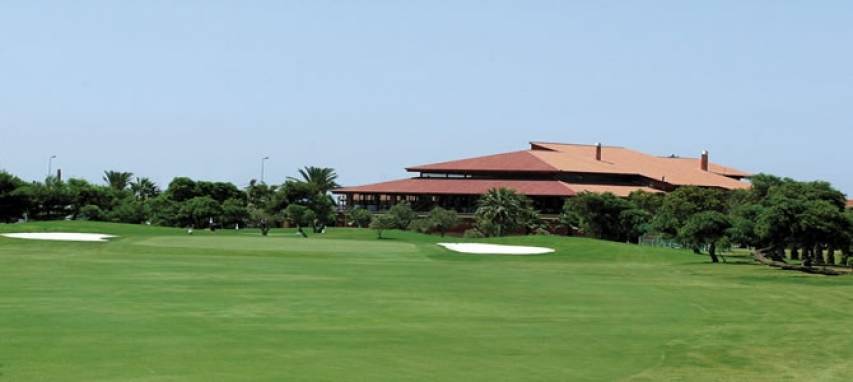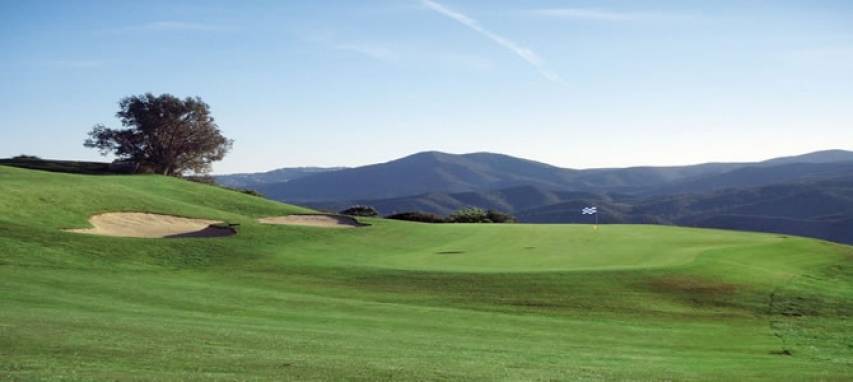Before we start this latest lesson, I would like to talk a little about important developments in materials and technology that have taken place in recent years. These developments have not been matched or balanced by what has been a slight corresponding evolution in golf course design.
For some years now, scores in professional and amateur tournaments have been falling dramatically. Records are being smashed and, although players are better prepared mentally and physically, a very high percentage of this progress is due to the equipment they use and the technology they work with these days.
Talent and the ability to hit perfect shots in the centre of the club face are not so important nowadays, as clubs have a much more extended sweet spot on the club face.
Distance and Design
Adapting course designs to this kind of evolution is extremely difficult, and that is why in many cases we are playing on courses with designs that are more than 50 years old, using clubs and balls created in laboratories with highly advanced design processes and technologies.
Conclusion
The best thing about this is that we all play on equal terms and we have to adapt to the times but, even though it was the same sport several years ago, the game was considerably different: possibly less spectacular, but one where talent and the player's form had much more of an effect on their results.
Advice About Internet Videos
On many occasions I see high-handicap players on the driving range trying to do very complex exercises because, according to them, they have seen a professional doing them on social networks or in internet videos. My main advice is that you shouldn’t pay attention to everything you view, as there are many golf exercises that not only can't help you but, on the contrary, could harm your play. Always ask your professional for advice before starting any new swing exercise.
.
Practice for High-Handicap Players
If your handicap is high, you need to keep track of a key issue: how many balls do you lose during your rounds of golf?
For many high-handicap players, effectiveness off the tee is especially important and keeping the ball on the fairway is essential. Your scores will improve significantly if you eliminate penalties for lost balls and missed shots.
.

Tips and Shots to Work on for High-Handicappers
- Eliminating the slice – and seeking more draw.
- Fairway woods – and topping the ball.
1.- Eliminating the Slice
The slice, or left to right effect (for right-handed players) is a shot that not only deflects the ball from the target, but also causes you to lose distance.
The factors that cause it are:
- A crossed-over stance.
- A ball that is too far forward.
- A weak grip, which causes the face to end up too open.
- Over the top – downwards from outside to inside.
- Seeking More Draw
The factors that help with this are:
- A tighter stance (from behind you would see the left side of your body more forward than the right).
- Ball more to the centre (so it will be more difficult for you to hit with a crossed-over stance).
- A stronger grip (both hands turned a little to the right side).
- Swing line is key: try to make it more downwards from inside to outside.
The draw or right to left effect (for right-handed players) is a shot that is generated with top spin: the ball spins more in the direction of the target from the moment it leaves the club head. This means that you achieve more distance with less effort.
.
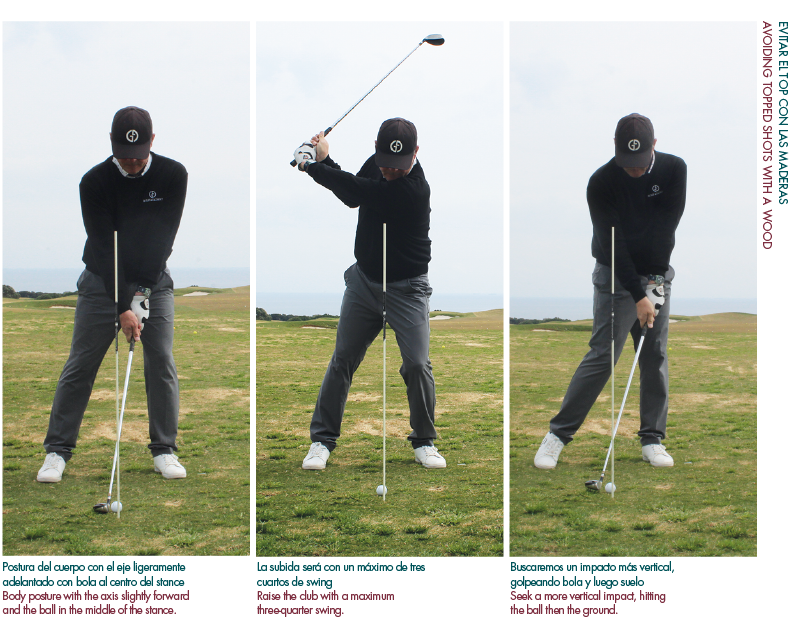
Fairway Woods and the Topped Shot
The question is: is it necessary for high-handicappers to use fairways woods without a tee?
Returning to the introduction of this lesson, today we have hybrids which for me, together with balls, are tools that have changed results significantly.
So, if you can incorporate a hybrid that has between 19 and 22 degrees, you will minimise the number of shots played with a wood from the fairway.
Avoiding Topped Shots and the Angle of Attack Factor
Confusion has always arisen over not differentiating between the respective angles of attack when hitting a wood with the ball on a tee or without a tee, and that is why a club that usually has such a wide base generates a large number of topped shots.
Ball on tee: angle more positive or through the shot (you hit the ball when the club is on the rise).
Ball without tee: more negative angle (you hit the ball when the club is moving downwards).
How to avoid topping shots with fairway woods:
- Stance with more weight on the left side – and grip the club a little shorter.
- Ball set back – to the centre of the stance.
- Shorter upswing and more balanced with the finish (three-quarter swing).
- Control swing speed (check that you don't lose balance at the end of the swing).
.
Practice for Medium-Handicap Players
If your handicap is medium, you need to get a handle on two key issues: do you know how to move the ball with spin and how well do you control your distances?
I have talked about high-handicap players and how important their long game is, especially because they have to regulate their fairway shots quite a lot.
Medium-handicap players have to work a lot on regulating their shots to the green and that means they need to work on shots with spin and distance – this is fundamental.
.
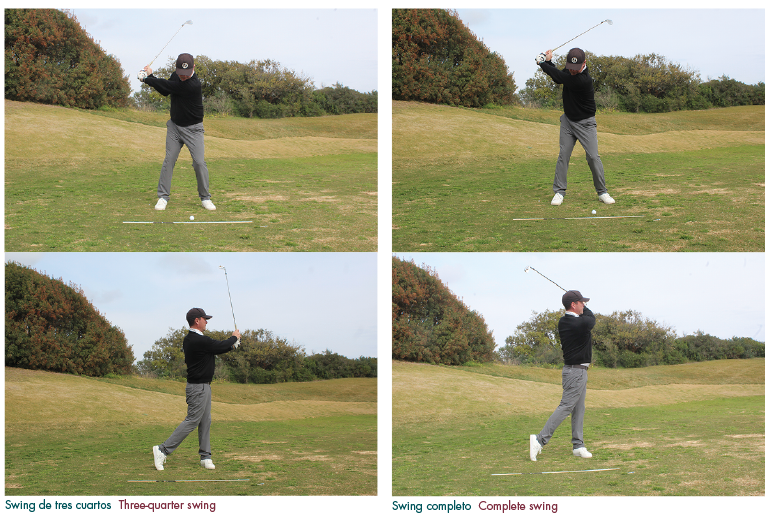
Tips and Shots to Work on for Medium-Handicappers
- Practice for Four Different Effects
Low ball:
- Use an extra club, gripping it lower.
- Short upswing and softer swing than usual.
High ball:
- Use a more open club, gripping it higher up.
- Longer upswing and accelerated swing at impact point.
Draw shots:
- Place feet, hips and shoulders where you want your ball to leave.
- Close the grip so your club is pointing at the target.
- Swing in the direction you want your ball to travel.
Fade shots:
- Place your feet, hips and shoulders where you want your ball to leave.
- Open the grip so that your club is pointing at the target.
- Swing in the direction you want your ball to travel.
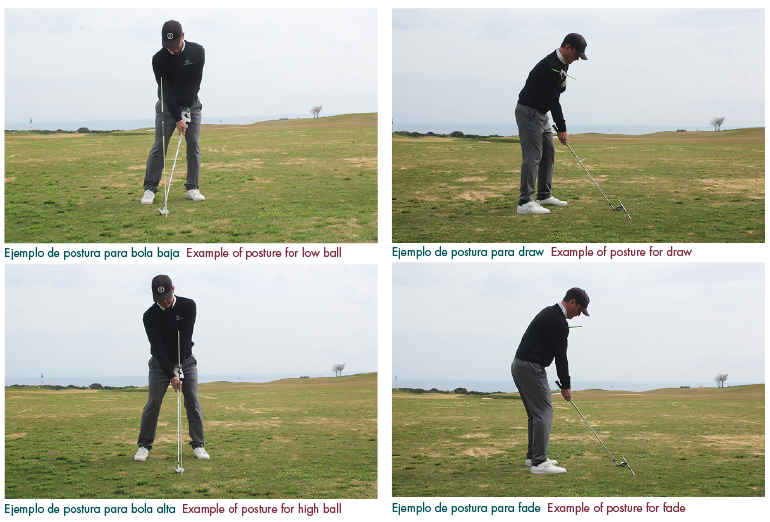
- Distance Control
Having control over distance makes it much easier to achieve better results. Knowing beforehand that the club you have in your hands is the right one for that shot gives you extra confidence that positively affects the execution of a good swing.
There are two factors that influence this:
- Quality of impact
- Swing speed
- Quality of Impact
Quality of impact is a factor that teachers can determine when we divide: Ball exit speed / Club speed.
It is complex but useful to know, as it has a direct influence on distances.
- Swing Speed
This is part of the aforementioned division. For it to work…
Length of upswing and finish: always try to ensure that the upswing and finish of the swing are as similar as possible in length (avoid 100 per cent).
Control and check club pitch: when working on distances, try to generate a similar impact. Therefore, avoid deep divots or clean shots. Only check those shots that are similar in impact.
Make several practice swings where your club brushes the ground: ensure a good feel with the practice swing, and never play the ball if your practice swing did not feel right.
DG GOLF ACADEMY by David Gil - This email address is being protected from spambots. You need JavaScript enabled to view it.



